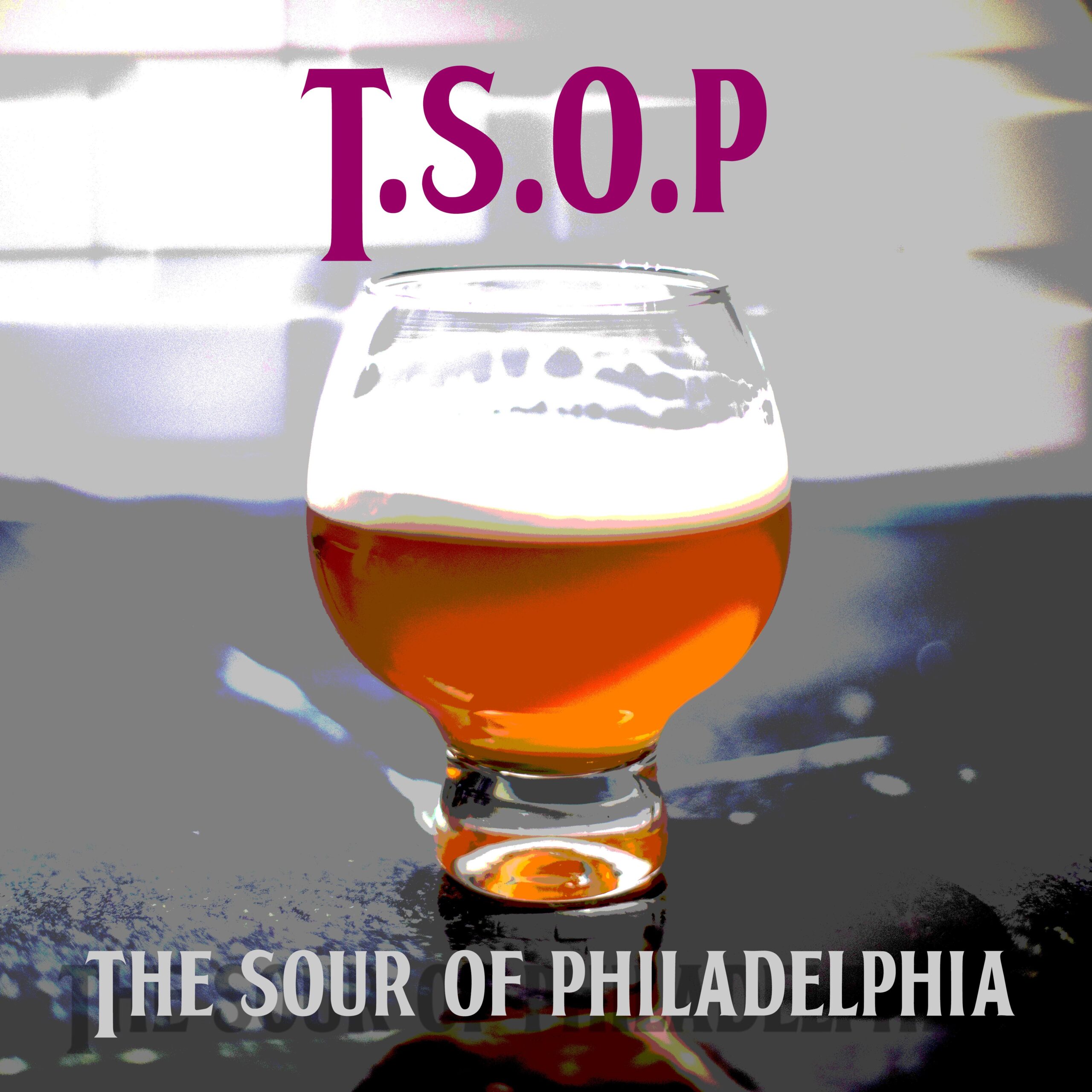Racked the sour onto raspberry puree last week. It had been fermenting from 8/16 - 8/27 and that's typically more than enough time, however my gravity reading was 1.028. Much higher than what i anticipated. I am hoping that the additional sugar from puree might rouse some yeast and get it lower, but I'm not holding my breath. There has been airlock activity each day since, and I noticed it has slowed down and almost stopped when I checked last night. Kind of bummed about the higher FG so far. I've made this before using other yeasts, usually S-05, and haven't seen this issue.
Good news, though, it tasted like sour Tang! Unfortunately I do not have a ph meter to report the acidity level. We'll see if the FG gets any lower. Thinking od possibly pitching a packet of S-05, but not sure if it'd do more harm than good.
I'll report back in a few days...here's some pics from last week.
Good news, though, it tasted like sour Tang! Unfortunately I do not have a ph meter to report the acidity level. We'll see if the FG gets any lower. Thinking od possibly pitching a packet of S-05, but not sure if it'd do more harm than good.
I'll report back in a few days...here's some pics from last week.































![Craft A Brew - Safale BE-256 Yeast - Fermentis - Belgian Ale Dry Yeast - For Belgian & Strong Ales - Ingredients for Home Brewing - Beer Making Supplies - [3 Pack]](https://m.media-amazon.com/images/I/51bcKEwQmWL._SL500_.jpg)
































